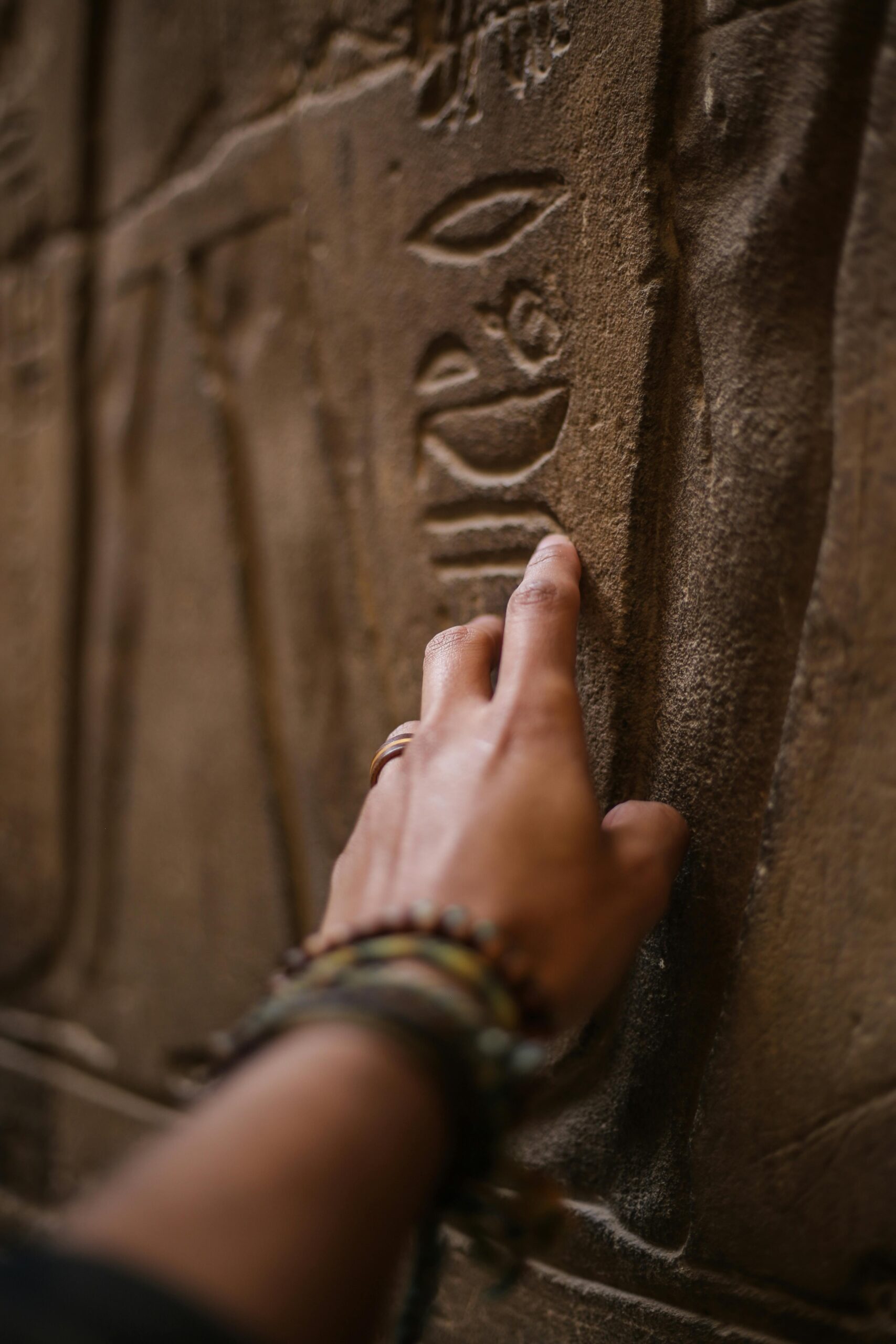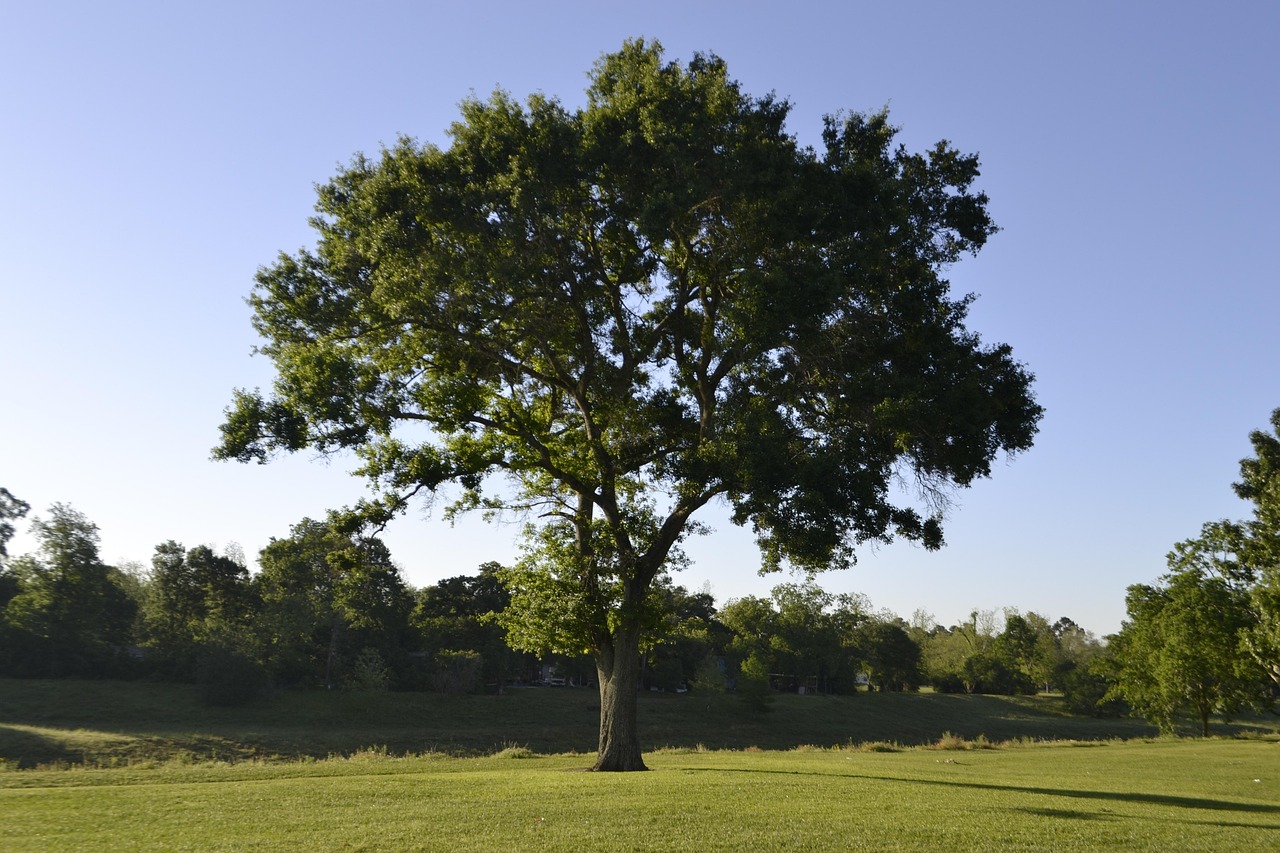(image credit: by Oziel Gómez)
A Time Capsule Beneath the Earth
During a carefully planned excavation on the island of Orkney, archaeologists uncovered a stone-built tomb dating back approximately 5,000 years—placing it in the Neolithic period, long before the pyramids of Egypt were constructed.
Inside the tomb, experts found the skeletons of 14 individuals, including men, women, and children. Some were buried alone, while others were placed together in what appeared to be familial or symbolic arrangements. In one particularly poignant scene, two individuals were found seemingly embracing, offering a glimpse into the emotional or ritualistic practices of ancient burial.
An Engineering Feat of Its Time
The structure of the tomb itself is nothing short of remarkable. It consists of a central chamber surrounded by six side cells, all constructed from large stone slabs—a significant feat of Neolithic engineering given the tools available at the time.
The architecture echoes the design of Maeshowe, another famous tomb nearby, suggesting cultural connections or shared traditions among Neolithic communities in Orkney. These elaborate burial sites indicate not only reverence for the dead but also a deep understanding of structural design and community planning.
Artifacts Tell a Story
Among the remains, archaeologists discovered ceramic vessels, stone tools, and a bone pin—items that likely held symbolic or practical meaning. These artifacts help paint a picture of daily life and spiritual beliefs in Neolithic society.
Radiocarbon dating and careful analysis of the tools and pottery suggest that the tomb was used and revisited over time, possibly serving as a long-term communal burial site rather than a single-event grave.
What We Can Learn
The discovery provides rich material for understanding early human societies in the British Isles. Experts are now conducting DNA testing and isotope analysis on the skeletons to learn about their ancestry, diet, health, and even migration patterns.
Such studies could reveal whether those buried were part of a single extended family, how long they lived, what they ate, and what illnesses they may have endured—all of which adds texture to our knowledge of Neolithic life.
Orkney’s Ancient Importance
This discovery reaffirms Orkney’s role as a Neolithic hub of innovation and spiritual practice. Already home to landmarks like the Ring of Brodgar and Skara Brae, the island continues to yield new evidence that its prehistoric inhabitants were sophisticated builders, skilled artisans, and deeply spiritual people.


